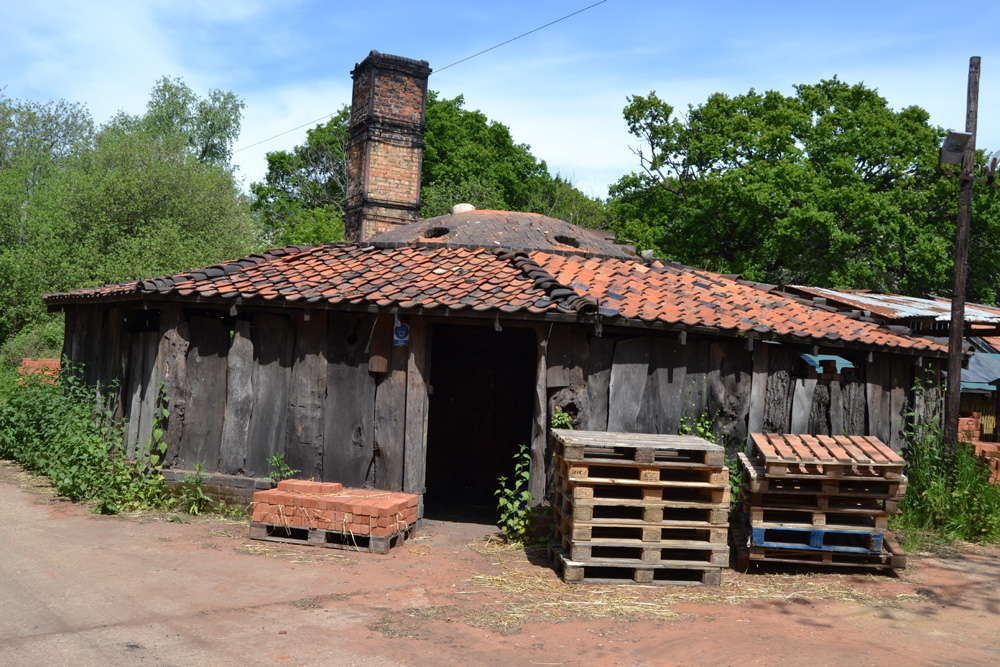
Professional Builder visits Bill Sargent, stalwart exponent of the traditional art of pargetting.
We can thank Henry VIII for the introduction of pargetting to England – indeed, it was his desire to go one better than his French counterpart’s newly built palace in Chambord that led to importing the team of Italian craftsmen who would provide the elaborate plasterwork for Nonsuch Palace. Unlike the palace itself, which succumbed to the Duchess of Cleveland’s gambling habits a little over a hundred years after, the newly introduced art of pargetting thankfully flourished.
Pargetting, for the uninitiated, consists of decorative relief work carried out in lime plaster which, when set and washed with lime, is indistinguishable from carved stone. Spreading out from London, where courtly circles were quick to adopt the style for their homes in a display of continental sophistication, pargetting found a natural home in East Anglia, where a lack of stone for building material meant lime plaster was the most convenient way of keeping out the cold.
These days, the flag for pargetting is being waved mostly by one man, Bill Sargent, whose Pargetting Company carries on a family tradition established in 1926. It’s with some surprise, in fact, that he notes the number of companies working with lime plaster in the area has increased over the past 50 years from about three to about 50, and the number of pargetters has increased to an admittedly still low total of four. It’s certainly not a need for the latest technology that is scaring the competition away, as Bill reveals it’s all a fairly low-tech affair: “I use teaspoons quite a lot to make the designs… For cornices we cut the design out of a plastic chopping board and use that. We make a lot of our tools ourselves, and any stamps we use we carve ourselves.”
![]()
Besides the plastic chopping board and the mixers, Bill makes it a point to only use materials and tools that were available hundreds of years ago, and sticks mostly to Jacobean designs to provide an authentic look to his work. Using hot lime, which creates an exothermic reaction with water reaching in excess of 250°, Bill starts out with a plaster mix that is faithful to the originals, as he tells me: “This is the same mix they used in Pompeii, in fact. For years and years, they basically had no other option. We mix hot lime, sharp sand and water. We use sharp sand because we want a bit of aggregate in there, to strengthen the lime. We mix that together in a large mixer – we have a 5ft. wide roller pan mixer back in the stores, but we have a smaller SoRoTo mixer on this job – you need a large one as the lime increases in volume by a half and will bubble up to the edge of the mixer. Any smaller and the lime will clog the mixer up. We also add a bundle of goat hair, cut down to 15mm pieces, to each mix to bind it, and that’s it.”
![]()
Lime plaster and pargetting are popular in East Anglia because of the prevalence of timber framed buildings. Bill nails up slats between the timber posts – riven slats, from a forest in Dorset – and applies the plaster in two coats. The ultra-smooth, flat surfaces that plasterers usually strive for are an anathema to Bill, who works free hand and allows the plaster to follow the shape of the building he’s working with. Even when it comes to the pargetting, his designs are free hand and a product of his own artistic ability. He explains: “Everything you see here is free hand, we try and never use a mould, unless that’s how it was done originally. We put ammonites into this design because the owner of the house collects them, and the cat we’re working on started out life this morning as a squirrel.” A flexible form of decoration, the designs can be easily matched to suit the personalities of the homeowner. Indeed, the plaster Bill and his men were working on was applied the day before, and with lime plaster taking up to three days to fully set, there is ample opportunity for applying the ornate designs Bill specialises in.
From small cottages, to large country estates and even Westminster Abbey, wherever there is pargetting you can find the handiwork of Bill and his team. Indeed, as the building industry slowly rediscovers the merits of lime plaster –breathable, flexible, durable – you may well see a lot more of the vines, songbirds and demonic figures that characterise pargetting popping up too.
![]()





